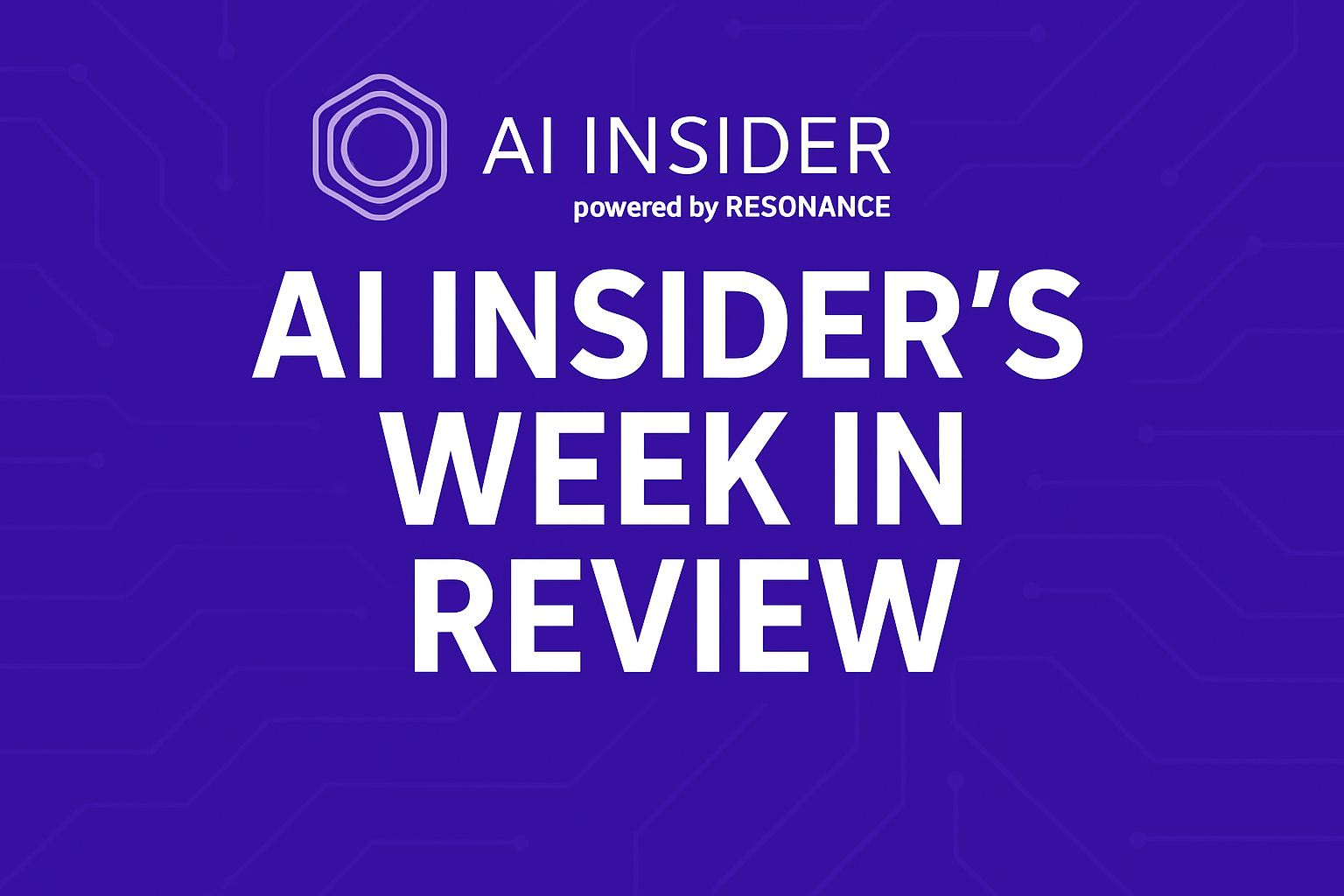Insider Brief
- The Ohio State University will embed artificial intelligence into its undergraduate curriculum starting in fall 2025, making AI literacy a graduation requirement for all students by 2029.
- Backed by the university’s Education for Citizenship 2035 strategic plan, the “AI Fluency” initiative introduces foundational AI concepts through core seminars, open-access courses, and experiential learning across all disciplines.
- The program will also prepare faculty for evolving teaching and assessment models, expand AI integration into graduate and professional programs, and leverage institutional units such as the Center for Software Innovation to develop field-specific content.
The Ohio State University will make artificial intelligence education a core part of its undergraduate curriculum beginning in fall 2025.
“Artificial intelligence is transforming the way we live, work, teach and learn. In the not-so-distant future, every job, in every industry, is going to be impacted in some way by AI,” said Ohio State President Walter “Ted” Carter Jr, in announcing the initiative. “Ohio State has an opportunity and responsibility to prepare students to not just keep up, but lead in this workforce of the future.”
The initiative, called AI Fluency, is part of the university’s Education for Citizenship 2035 plan and aims to ensure every student graduates with a working knowledge of how AI tools function and can be applied ethically across different fields, according to the university.
The university stated that beginning with the class of 2029, all undergraduates will be required to complete courses that introduce foundational concepts in generative AI, practical applications, and ethical considerations. The first-year General Education Launch Seminar will include AI basics, while additional modules and workshops will be integrated into orientation and core academic pathways.
An open-to-all course titled “Unlocking Generative AI” will allow students to explore how to engage with AI systems, formulate effective prompts, and examine societal impacts. The university said the program is structured to ensure students become fluent in AI alongside their chosen discipline, whether in humanities, engineering, health care, or agriculture.
“Through AI Fluency, Ohio State students will be ‘bilingual’ — fluent in both their major field of study and the application of AI in that area,” noted Ravi V. Bellamkonda, executive vice president and provost. “Grounded with a strong sense of responsibility and possibility, we will prepare Ohio State’s students to harness the power of AI and to lead in shaping its future of their area of study.”
University officials emphasized that the AI Fluency program is not limited to undergraduate students. Graduate and professional programs will also see integration of AI content, supported by Ohio State’s colleges and research centers.
The initiative also seeks to prepare instructors for changes in how students interact with AI tools and how learning is assessed. The program will include guidance on AI ethics, responsible use in coursework, and the implications of machine-assisted learning.
Ohio State’s Center for Software Innovation and other institutional units will collaborate to create AI-related content tailored to individual disciplines. Planned programming includes student hackathons, industry collaborations, and AI-powered product development labs.
The AI Fluency initiative is expected to evolve through ongoing input from faculty and students, with new programs and resources being developed in the lead-up to the Fall 2025 launch. The university plans to release more information about funding opportunities and course content later this year.






